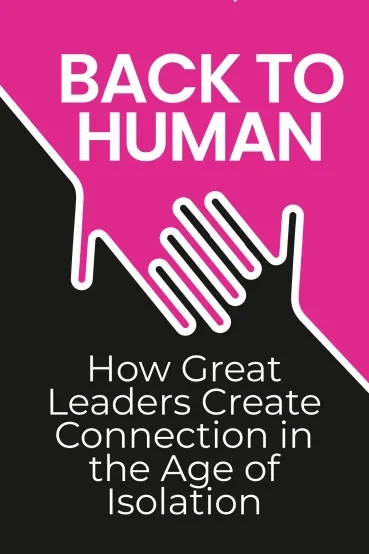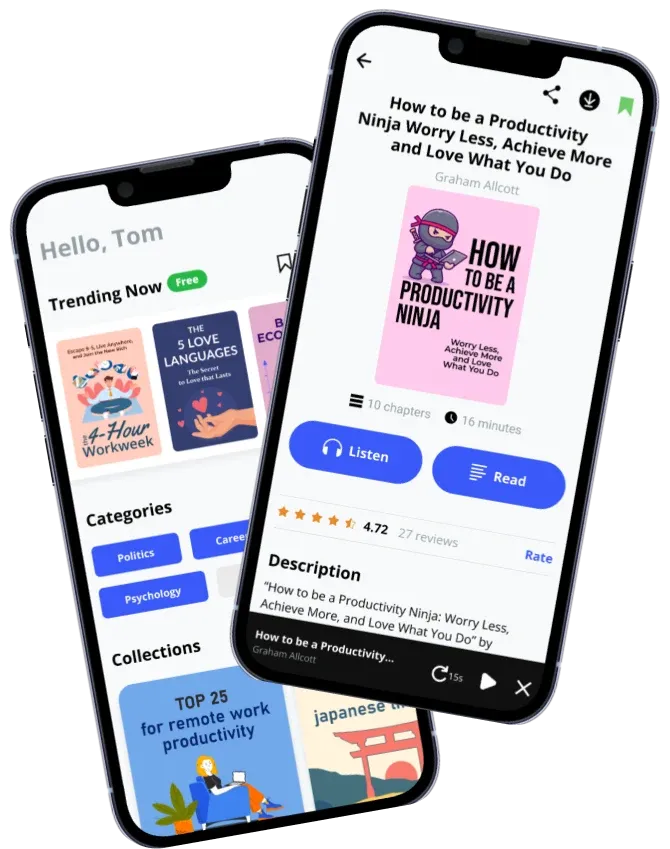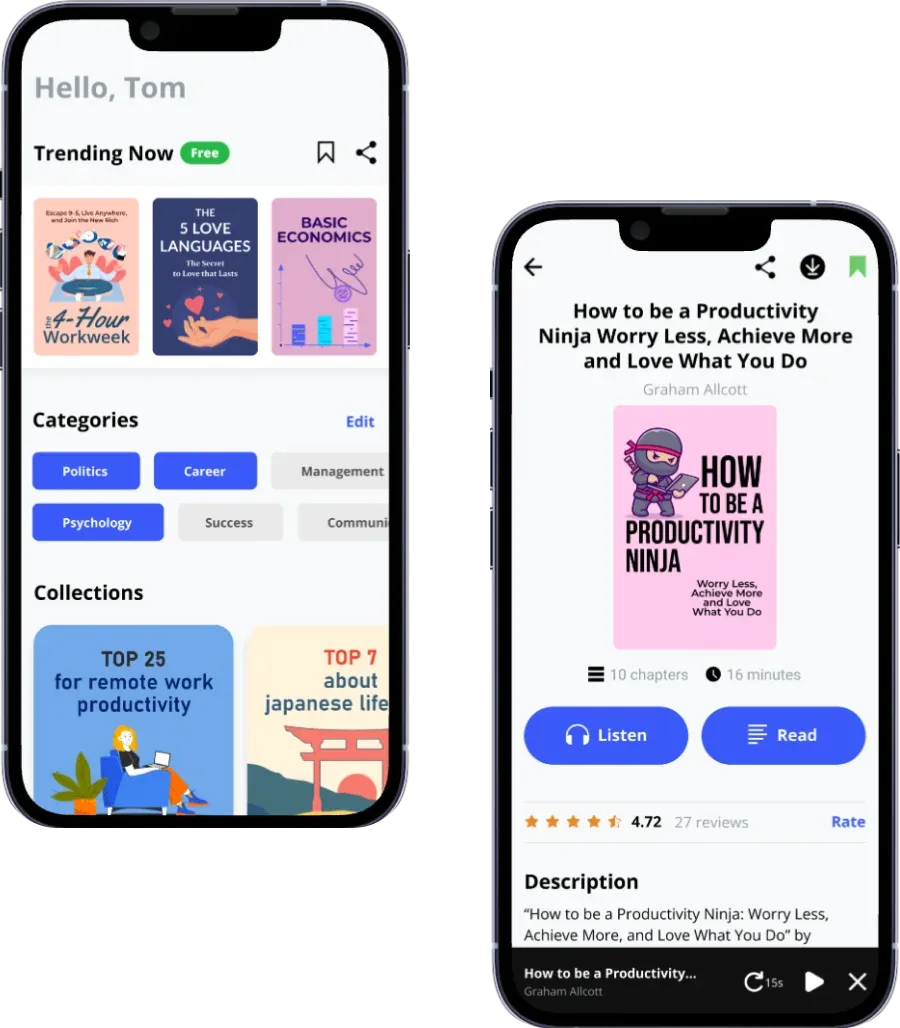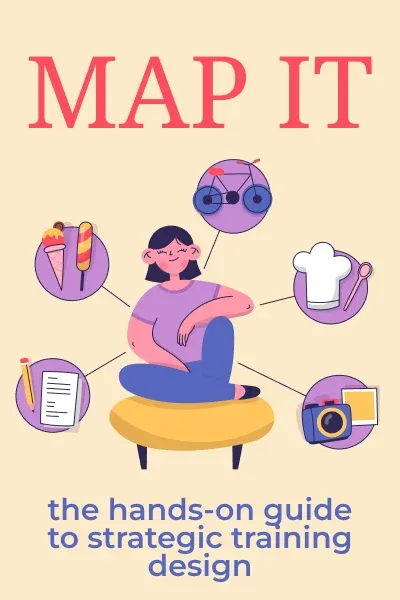
Back to Human
Brief Summary
“Back to Human” explains why technologies, in addition to all advantages, also have disadvantages that destroy connections between people in different spheres of life. This book provides valuable insights on how leaders can foster connections in the workplace in the age of isolation.
Key points
Key idea 1 of 8
Digital technologies have a massive impact on our world. A hundred years ago, humanity couldn’t imagine life with social networks, smartphones, and virtual messages. Now, these things are our reality.
There is no doubt that technology has changed our lives for the better. Now we can be in touch with our friends and family even on the other side of the planet. Nevertheless, technology also has its drawbacks.
For instance, the other side of the global network is the minimization of real contact with other people and the deepening of isolation. Such trends are especially growing among young people – the most active technology users.
People tend to believe that they fulfill their social needs through digital interactions. However, this reliance on technology hinders the development of genuine, meaningful relationships. A revealing study conducted by the University of Pittsburgh in 2004 discovered that dedicating just two hours daily to social media doubled an individual's risk of experiencing social isolation.
Another problem is depression. University of Houston's 2015 research linked higher Facebook activity to increased depression. It is likely caused by comparisons with idealized versions of friends' lives demonstrated on the platform. These two factors significantly harm crucial relationships in society. The Grant Study, meticulously chronicled in three books by American psychiatrist George Vaillant, followed 268 Harvard undergraduates for an impressive 75-year span from 1938. Surprisingly, the research found that life satisfaction hinged not on career achievements or earnings but on the strength of interpersonal connections.
Stable relationships are vital for work satisfaction and success. A 2017 research conducted by Wharton Business School found that employee loneliness was connected with poor performance, highlighting the importance of relationship building in business.
Well, we've concluded that the more we hide behind screens and devices, not investing in relationships, the weaker they become. Perhaps the best way to overcome this problem is to return to a more humane approach. How can we do this?
FAQ
You may also like these summaries











